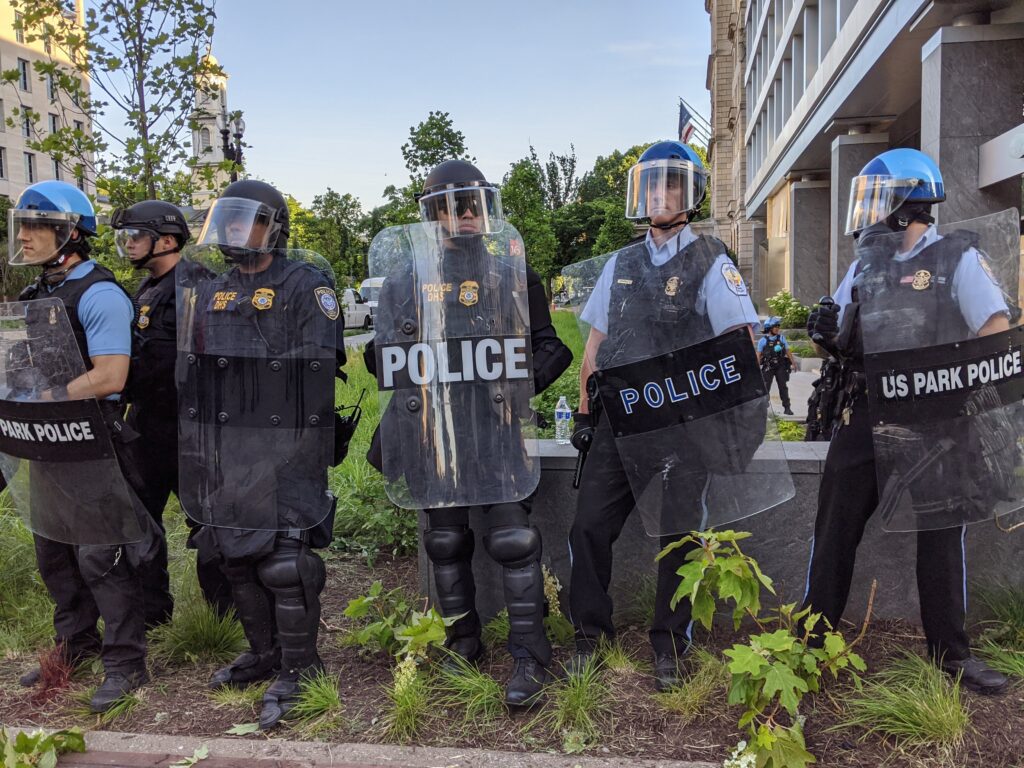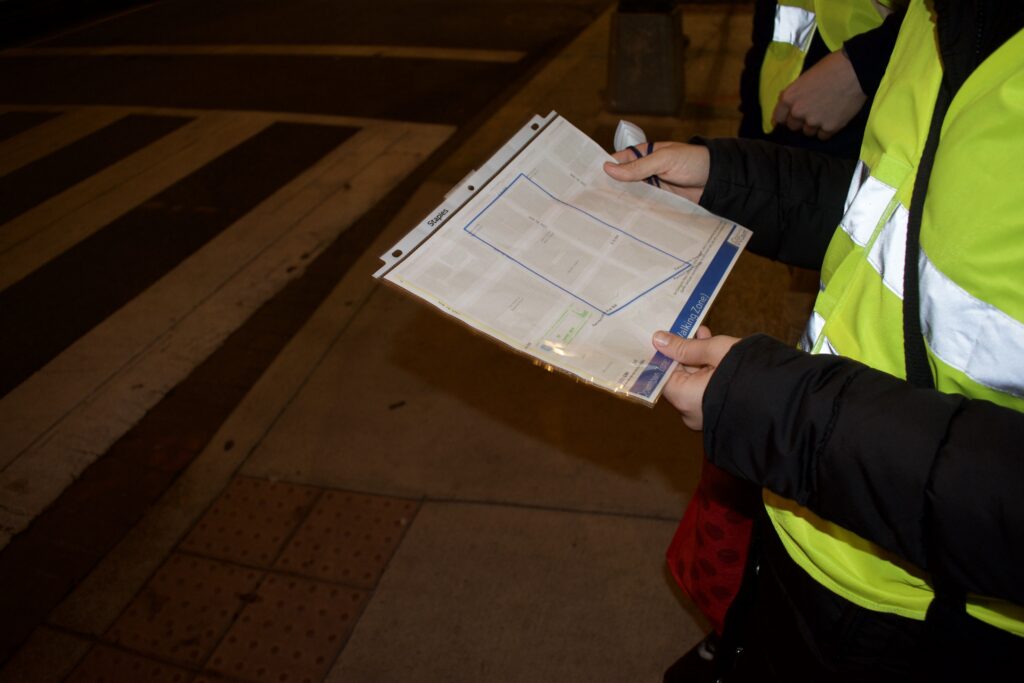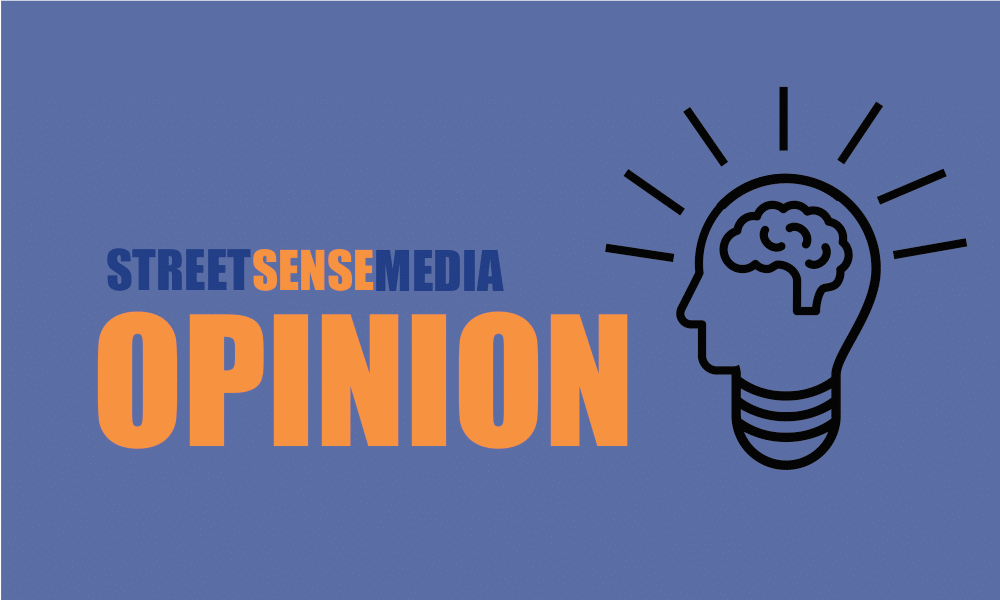This article was featured in the June 24 digital-only edition of Street Sense. Until it is safe to resume person-to-person sales, you’ll always be able to find the current digital-only edition at streetsensemedia.org/Digital Thank you for reading! Please continue to support our vendors through our mobile app (streetsensemedia.org/App).
J
amar Clark. Michael Brown. Trayvon Martin. Eric Garner. Sandra Bland. Philando Castile. Breonna Taylor. George Floyd.
What do these names have in common? Each person was murdered by a member of the police force in the last eight years. Their shared charge? Being Black.
These names unfortunately only represent a small handful of the Black Americans who have died at the hands of the police. In the last five years, there have been over 5,000 fatal shootings by an on-duty police officer, according to the Washington Post. Just in 2020, there have already been 467 documented cases of fatal police brutality.
It is clear that police forces across the country are in need of a major change. The question, however, is whether reform alone can be enough.
Since the murder of George Floyd by Minneapolis police officers, protests have erupted across the country with chants of “Black Lives Matter” and “Defund the Police.” Although the words “Defund the Police” may sound concerning and lawless to some citizens, it is not what it sounds like.
The call to defund the police is a call for intentional redistribution of resources, a re-centering of priorities, and an admission of bias. A future less invested in the police can be much closer than we think.
In order to imagine this, however, we must first understand how much the United States over-relies on law enforcement.
The police are used to investigate almost anything – from a Black man bird-watching in Central Park to a homeless man sleeping on a park bench. Just because the police are called for every inconvenience, however, doesn’t mean that they are adequately trained to respond.
In the United States, for example, training to be a police officer can range from ten to 36 weeks, according to CBS News. Basic Police Academy curriculum includes training in criminal law, patrol, investigations, and “handling emotional situations,” according to California’s Police Academy website.
Does this training really warrant the amount of funding flooded into police forces across the country or suggest that armed officers are the best way to respond to mental health emergencies and homelessness?
Picture this instead: a man is walking down the street, clearly experiencing a crisis and causing a public disturbance. Instead of calling the local police, you call a mental health hotline, where a specifically trained professional will respond, de-escalate the situation, and provide the respective resources necessary. This is what a simple redistribution of resources can do.
Cities such as Los Angeles and New York help illustrate the largely disproportionate allotment of funding police forces receive.
In Los Angeles, the 2020-21 city budget allocates $3.14 billion to the police department, out of the city’s total budget of $10.5 billion – approximately 30 percent. This is by far the largest allotment of resources, with only $6 million, or 5 percent, directed to emergency management.
New York follows a similar trend. In the last five years, “$41.1 billion was spent on police and corrections while $9.9 billion was spent on homeless services and $6.8 billion on housing preservation and development,” according to Curbed.
The time and energy put into policing manifests itself through jailing rates, where more often than not the people sitting inside the cells have a mental health condition and do not have access to adequate treatment. Every year, 2 million people with mental illness are booked into jail. Within that group, at least 83 percent did not have access to needed treatment while in jail, according to the National Alliance on Mental Illness.
What would happen, however, if we redistributed some of those resources to mental health programs, youth trauma centers, or rehabilitative centers? What if, instead of investing millions of dollars into riot gear, we focused funding into adequate health care equipment?
Surely, the public health and safety sphere includes more than just law enforcement.
The push to defund the police comes in a period of time where tensions are extraordinarily high, during the midst of a global pandemic and a strong collective hunger for change. Right now, it is crucial to identify where resources are needed the most.
It is true that a concerted effort to reform the police can also help ease tensions. However, we must ask ourselves if it is enough, or really addresses the crux of the issue alone.
Police departments could attempt to pile on more specialized trainings for their officers in an attempt to bridge the gap of understanding, but why waste more time when there are mental health professionals ready to take action?
In fact, the larger question is: Do we need to respond to every “crisis” with an armed officer?
The answer is no, and as Americans it is time to stop looking past the clear facts that regardless of how much money is funneled into law enforcement. It is not working. The status quo is not working. Let’s give other spheres of public health and safety a chance.
Meena Morar is a former housing reporter for Street Sense Media. She is a Minnesota native and currently attends Georgetown University.






